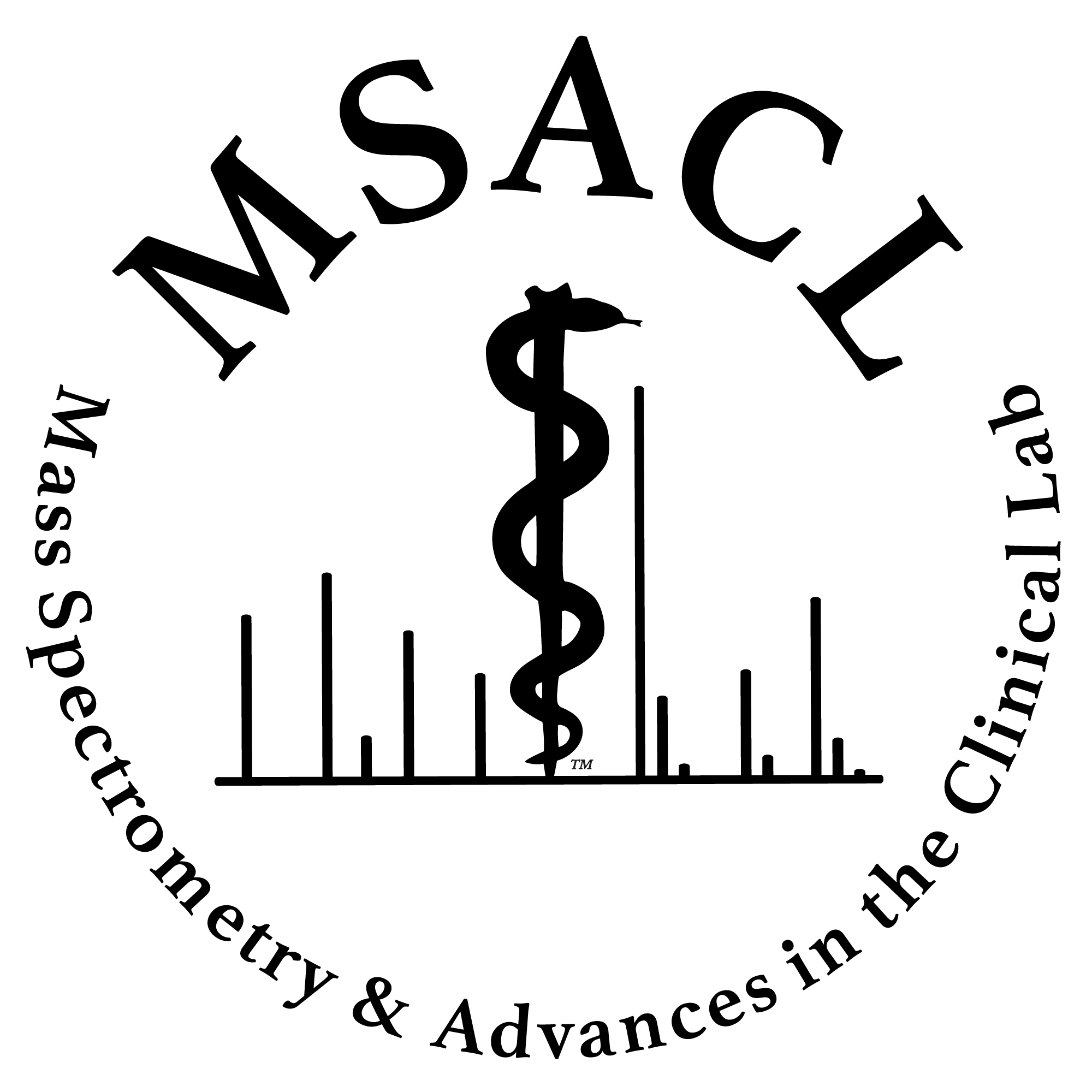|
Abstract Background:
A reliable clinical research method for the analysis of a large number of antibiotics in a single sample may play a role in understanding the pharmacokinetic and pharmacodynamic effects of their administration. Currently such behaviour is not well understood.
An example of such a clinical research method for a large panel of antibiotic drugs in plasma was developed over several analytical ranges; azithromycin (5-500 ng/mL); ciprofloxacin and clindamycin (0.1-10 μg/mL); ampicillin, cefotaxime, chloramphenicol and linezolid (0.5-50 μg/mL); cefazolin, cefepime, ceftazidime, cefuroxime, flucloxacillin, meropenem and sulbactam (1-100 μg/mL); daptomycin and piperacillin (2-200 μg/mL).
Methods:
Matrix matched calibrators and QCs were prepared using in-house stocks and pooled plasma. Samples (50 μL) were treated with internal standard in methanol. A water/methanol/ammonia gradient was used with a Waters™ ACQUITY™ UPLC™ BEH C18 2.1 x 1.7 μm, 100mm column on a Waters ACQUITY UPLC I-Class FTN and Xevo TQD mass spectrometer utilizing polarity switching in a 5-minute run.
Results:
No system carryover was observed following analysis of plasma samples containing the highest concentration calibrators. Analytical sensitivity investigations indicated precise quantification (≤20% CV, ≤15% bias) at concentrations equal to or lower than the lowest concentration calibrator. Total precision and repeatability were assessed (3 pools, 5 replicates, 5 days; n=25) and determined to be ≤12.5% RSD. Linearity experiments determined the method provided first or second order polynomial fits over the ranges analyzed; additionally, each run met acceptance criteria (coefficient of correlation ≥ 0.995, determined concentrations of calibrators ±15% of nominal, ±20% in the case of the lowest calibrator). Post-column infusion experiments demonstrated analytes eluted in regions free of major ion suppression or enhancement. Evaluation of matrix effects at low and high concentrations indicated compensation by the internal standard. Addition of high concentrations of several endogenous and exogenous materials did not affect quantification.
Conclusions:
This quantitative method for clinical research demonstrates very good precision with minimal matrix effects and allows for the multiplexing of a large panel of antibiotics in plasma in a short run time.
For Research Use Only.Not for Use in Diagnostic Procedures. |

